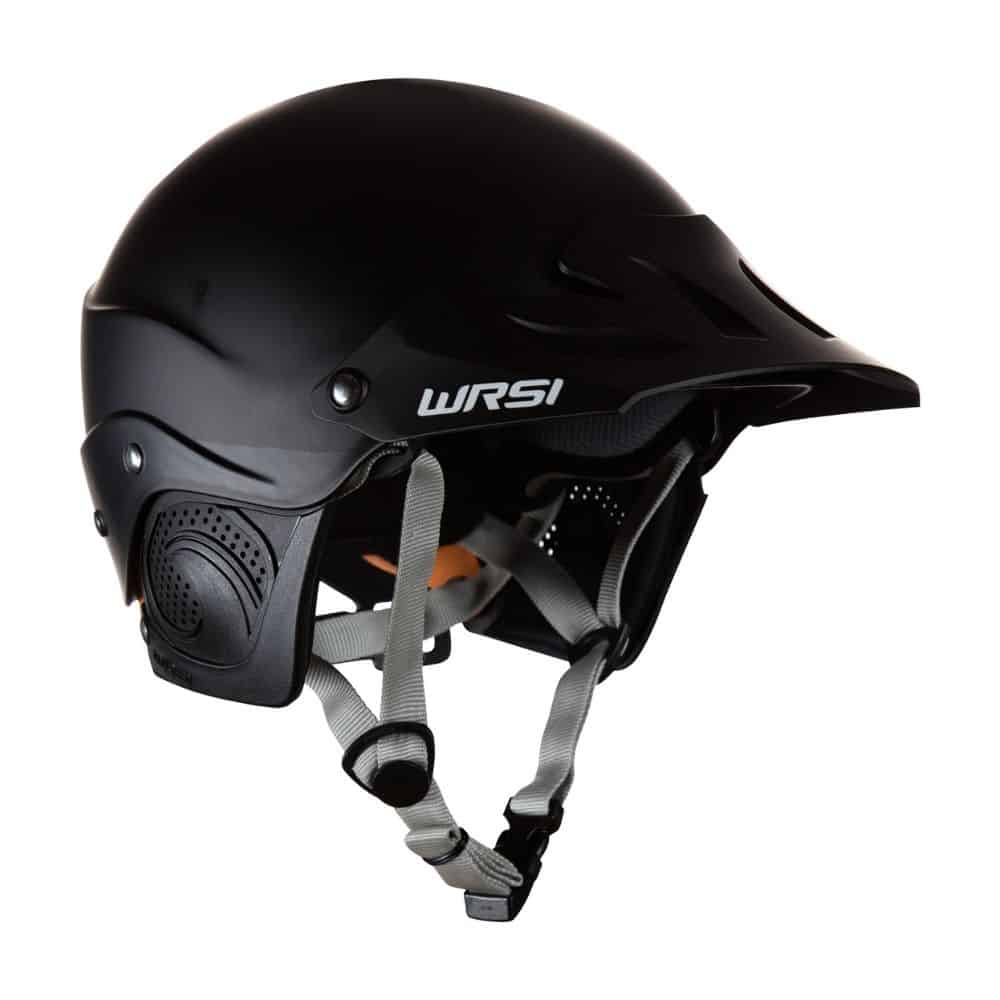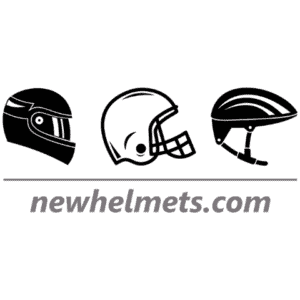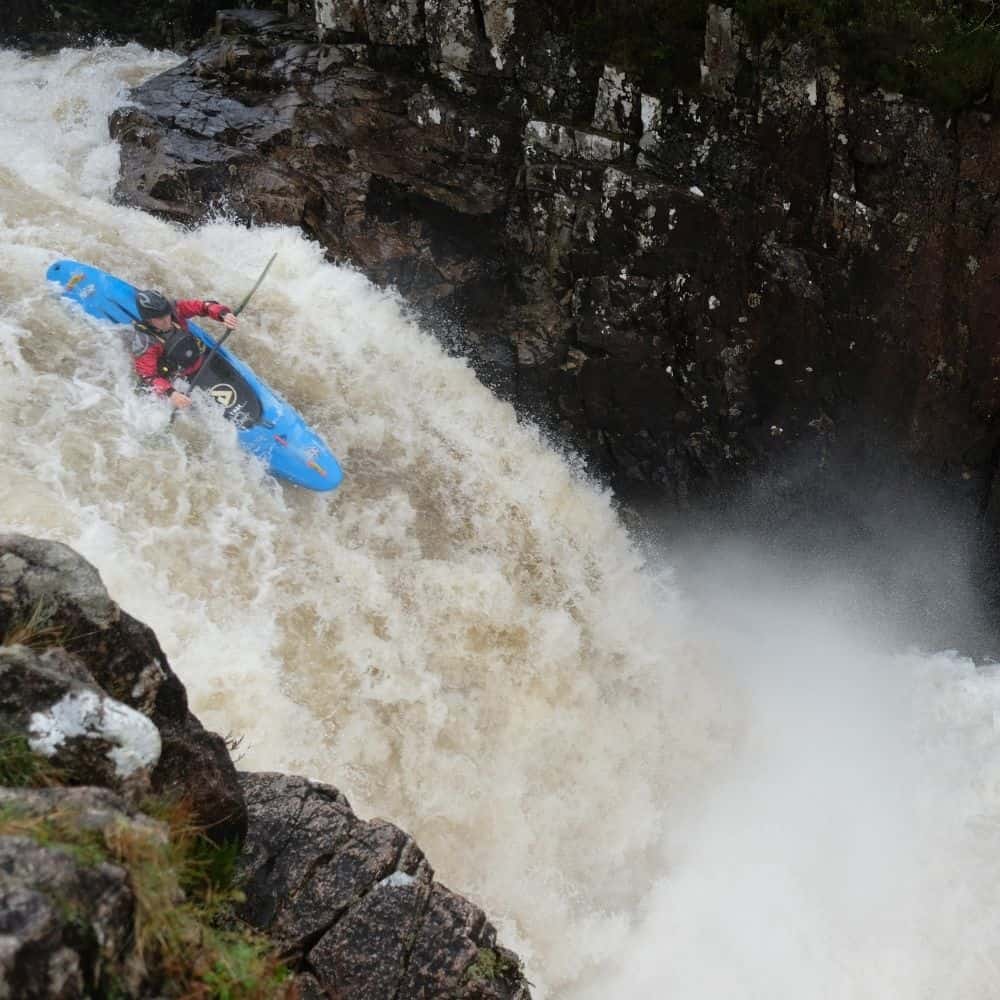So you want to know if it’s a good idea to wear a helmet when kayaking? Is it a prerequisite or optional? Let me help you out with the answer.
When kayaking, wearing a helmet is not required by law. However, most kayaking schools make wearing a helmet mandatory. Each school will perform a risk assessment, and various factors will dictate if that school deems a helmet necessary. The nature of kayaking means there is always a chance that you may bump your head, even on flat and still water. It is advisable to always wear a helmet when kayaking for maximum safety.
What do medical studies suggest?
Several studies have been conducted over the years that monitor kayaking activities and the related injuries that participants suffer.
Research suggests that although significant head injuries appear to be uncommon in kayaking when they do occur, the outcome can be catastrophic because it can lead to drowning, says a study reported in the British Medical Journal of Sports Medicine. Find the report here.
Another study by the Wilderness Medical Society suggests that shoulder injuries are the most common injury, but injuries to the neck, face, and head come second. While the study doesn’t distinguish between the wound’s location, like face vs. the head or neck, it does make clear that lacerations are the most common type of injury. Check out the study here.
Kayaking is very much an individualistic sport, so it would be challenging to enforce helmets, but all schools are responsible for the safety of participants on their courses. I emailed the Rocky Mountain Outdoor Center an ACA pro-school, to ask for their stance on wearing helmets, and their reply was,
“We do require helmets on the river, while biking, and while climbing.”
Rocky Mountain Outdoor Center
In fact, most schools will not allow you to take to the water if you are not wearing a helmet. Whenever there is potential to bang your head, you should be wearing a helmet. If you’re paddling near cliffs, white water, rough sea, or shallow rivers, it would always be sensible to wear head protection.
What are the potential dangers?
Here I will highlight some of the more common activities where head injury can occur; however, I’m not trying to be overly dramatic, but an injury can occur at any time or any place.
Sun exposure and heat injuries
The climate where you are located will determine how serious a threat this can be. Exposure to the sun can be a real problem but luckily, it can be easily resolved. A helmet can dramatically increase the time you can spend out on the water. It will guard you against the sun’s harmful UV rays.
Other kayakers
This section can be broadened to include any other water sports participants like windsurfers and sailors. It would be best if you always considered who is going to be in the surrounding area when you plan your trip. You shouldn’t automatically assume that everyone can see you. It is so easy to become distracted or confused and paddle off into busy waters too. If there is potential to contact other people, then you should protect yourself the best you can by wearing a helmet.
Falling rocks
If you are paddling near cliffs and rock faces, then you must wear a helmet. Rock is exposed to the elements and as it erodes it becomes easy to dislodge, more so if wildlife is living in the area. For sure, the one time you forget your helmet or neglect to wear it, that rock will come tumbling down onto your head. Don’t be caught out.
Low branches
This is a particular problem if you are kayaking down rivers. Low hanging branches can be challenging to spot when you’re concentrating on the white water in front of you. Protect yourself against them. Sometimes a faceguard may even be required. Check out the route beforehand if you can.
Submerged rocks
Even seasoned kayakers can tip over unexpectedly, and who knows what is lurking under the water at that particular spot. There may be rocks, fallen trees, and even discarded rubbish. Always test the water with your padel if you can, especially before performing rolls.
Out of the boat injuries
Plenty of injuries are caused by activities outside of the kayak. Walking on a slippy bank while carrying the boat to your launch site is incredibly difficult at times. While I understand life is precarious, and I’m not suggesting that you need to wear a helmet 24 hours a day, I do think it would be safer to pop on a helmet while handling the equipment, especially in wet and slippy locations.

The 3 types of kayaking helmet
It really goes without saying that the helmet you choose will depend entirely on the activity you are doing. White water and river routes will require a full face mask, while activities that kick up lots of spray will require a half-cut model. The choice is yours but try to match your equipment to your adventure and ensure it fits correctly.
Side-cut or Half-cut helmets
These types of helmets provide slightly less protection than full-cut models, but they do offer better drainage. Often they are more comfortable and make communication easier as ears are not covered.
Half-cut helmets are most often used in kayak touring, sea kayaking, and light whitewater kayaking.
Full-cut helmets
Full cut helmets offer the maximum protection, as the helmet extends over the ears. They do tend to feel warmer as ears are better protected from the elements.
Full-face helmets
Full face helmets protect the entire head and jaw. They don’t drain as well as the cut variants, but they are vital on technically demanding courses, especially where there is a real possibility of being struck in the face.
What helmet should I buy?
There are plenty of models to choose from out there, but here I will share with you the four qualities and essential features that I look for in a good helmet, so you too can make better equipment choices.
- The shell has to be lightweight and sturdy to dissipate impacts properly.
- The helmet must be fit to the head correctly and not become dislodged when submerged. Some helmets have a retention system designed to hold fast when hydraulic pressure tries to pull them off. People fail to understand this vital feature and think a skateboarding or cycling helmet will suffice when they are very much inadequate for the task.
- A removable lining is essential to allow the innards to dry properly. It will also help to prevent mildew and mold building up inside the helmet.
- If possible, try to find a model that includes some sort of ear protection. Frozen and exposed ears are extremely painful. For example, the WRSI Current Pro model has removable ear pads, which I think is ideal as you can remove them when not needed.
Here is a YouTube video from WRSI talking about the research and technology that has gone into the Current Pro model.
Injuries are common in many sports and none more so than playing football. Check out this article to find out which football helmet brands are the safest.
If this is your first visit to my blog, welcome and I hope you have enjoyed it. I discuss all aspects of owning or buying new helmets. From crash helmets to the humble hard hat, this blog has the answers. I talk about the best brands, safety ratings, value, and maintenance. Please, choose another article if you would like to know more.
My name is Matt, and I am a helmet sports enthusiast. I love climbing, motorcycling, kayaking, amongst other things. But no matter what sport you love, please stay safe.


